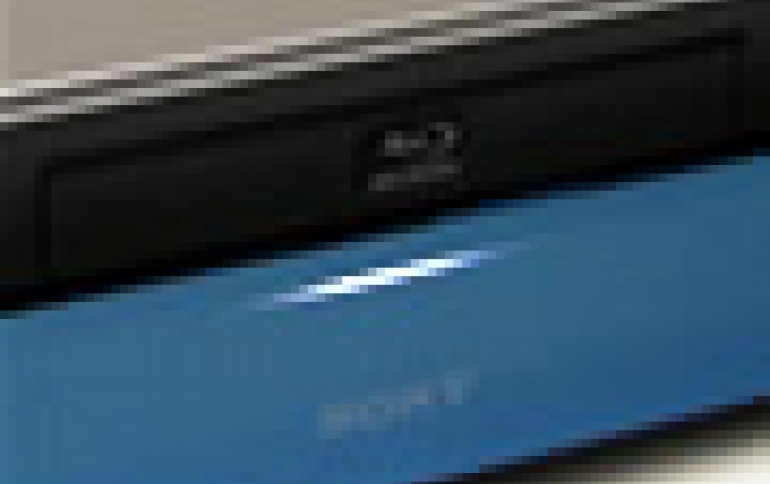
Sony to Adopt Microsoft's PlayReady DRM Technology
Sony will adopt Microsoft PlayReady content protection technology for Sony's network-enabled devices.
The first Sony device to include support for Microsoft PlayReady is the Sony Blu-ray Disc Player which launched in U.S. this February.
"Sony has been providing customers with new types of network entertainment offerings and as a founding member; Sony has been working to proliferate content protection technology "Marlin" in order to protect copyright owners. Simultaneously, in order to enhance the customer?s convenience of access to various network entertainment; Sony has been considering adopting additional content protection technology. We hope to increase customer convenience and enjoyment by adding PlayReady," said Yoshiki Okada, Senior General Manager of Software Design Technology Center, Sony.
Microsoft PlayReady is a DRM technology that is designed to enable digital entertainment scenarios across devices and software applications. Backward-compatible with Windows Media DRM 10, the technology supports a broad range of business models that can be applied to almost any type of digital content, including videos, games and images, and a wide range of audio and video formats, including MPEG Advanced Audio Coding (AAC), AAC+, Enhanced AAC+, H.264, Windows Media Audio (WMA) and Windows Media Video (WMV). Microsoft PlayReady also provides features, such as service domains and embedded licenses, designed to make it easy for consumers to playback protected content on all of their registered devices without the need for an active connection.
Microsoft PlayReady protects content by encrypting data files. There is no need to hide files, make them inaccessible, or put special protection in place when files are transmitted from system to system. In other words, operating system requirements and high-security, file-transport mechanisms are not needed. However, copying a file and giving it to a friend will not enable that friend to use the file if it?s protected by PlayReady. To use an encrypted file, users need a license. This license is the primary way to exercise control over content (the encrypted file). A license is granted to a single client (such as a media player) or a domain (such as a home network). The license will not function on other clients or other domains.
Each license contains rights and restrictions that define exactly how the content may be used and under what conditions. For example, a music file license may enable a "right to play" but restrict the "right to export (burn) to CD." There may be multiple licenses for a single file. A user will be able to access and use his or her content so long as one of the licenses grants the right, and the restrictions do not prevent access.
Microsoft PlayReady is a DRM technology that is designed to enable digital entertainment scenarios across devices and software applications. Backward-compatible with Windows Media DRM 10, the technology supports a broad range of business models that can be applied to almost any type of digital content, including videos, games and images, and a wide range of audio and video formats, including MPEG Advanced Audio Coding (AAC), AAC+, Enhanced AAC+, H.264, Windows Media Audio (WMA) and Windows Media Video (WMV). Microsoft PlayReady also provides features, such as service domains and embedded licenses, designed to make it easy for consumers to playback protected content on all of their registered devices without the need for an active connection.
Microsoft PlayReady protects content by encrypting data files. There is no need to hide files, make them inaccessible, or put special protection in place when files are transmitted from system to system. In other words, operating system requirements and high-security, file-transport mechanisms are not needed. However, copying a file and giving it to a friend will not enable that friend to use the file if it?s protected by PlayReady. To use an encrypted file, users need a license. This license is the primary way to exercise control over content (the encrypted file). A license is granted to a single client (such as a media player) or a domain (such as a home network). The license will not function on other clients or other domains.
Each license contains rights and restrictions that define exactly how the content may be used and under what conditions. For example, a music file license may enable a "right to play" but restrict the "right to export (burn) to CD." There may be multiple licenses for a single file. A user will be able to access and use his or her content so long as one of the licenses grants the right, and the restrictions do not prevent access.





















